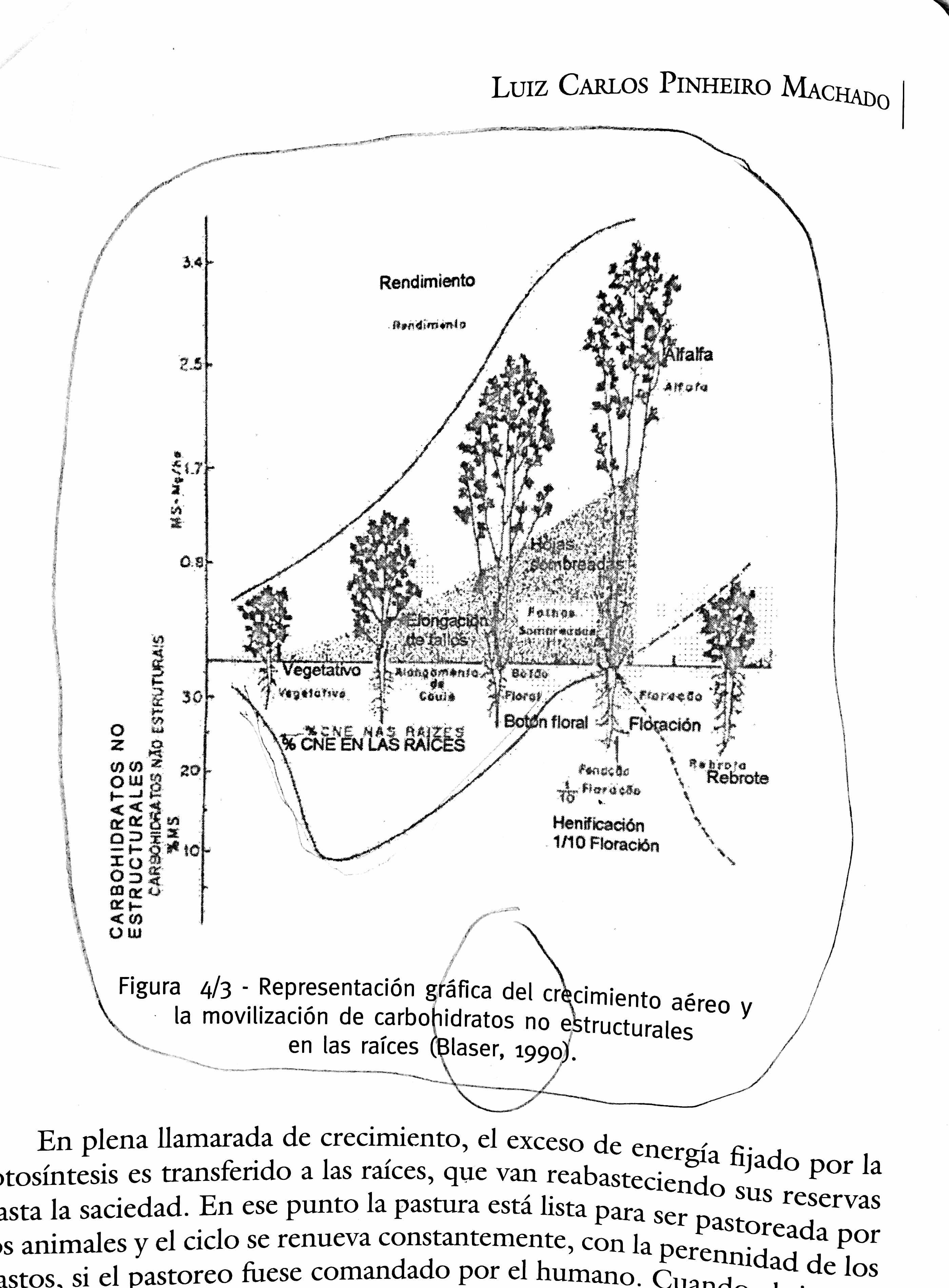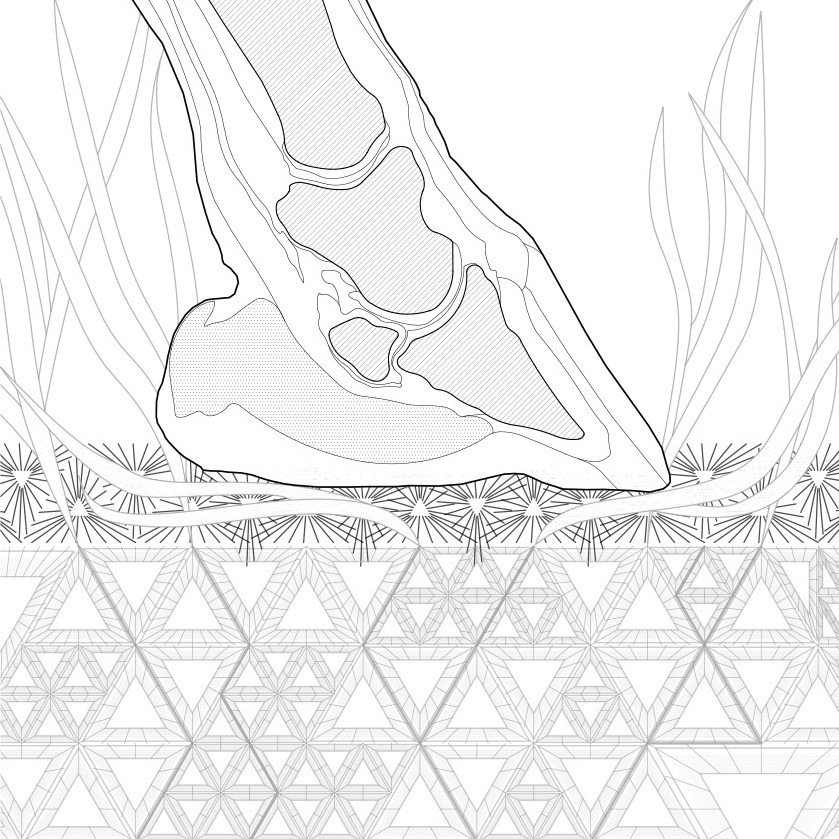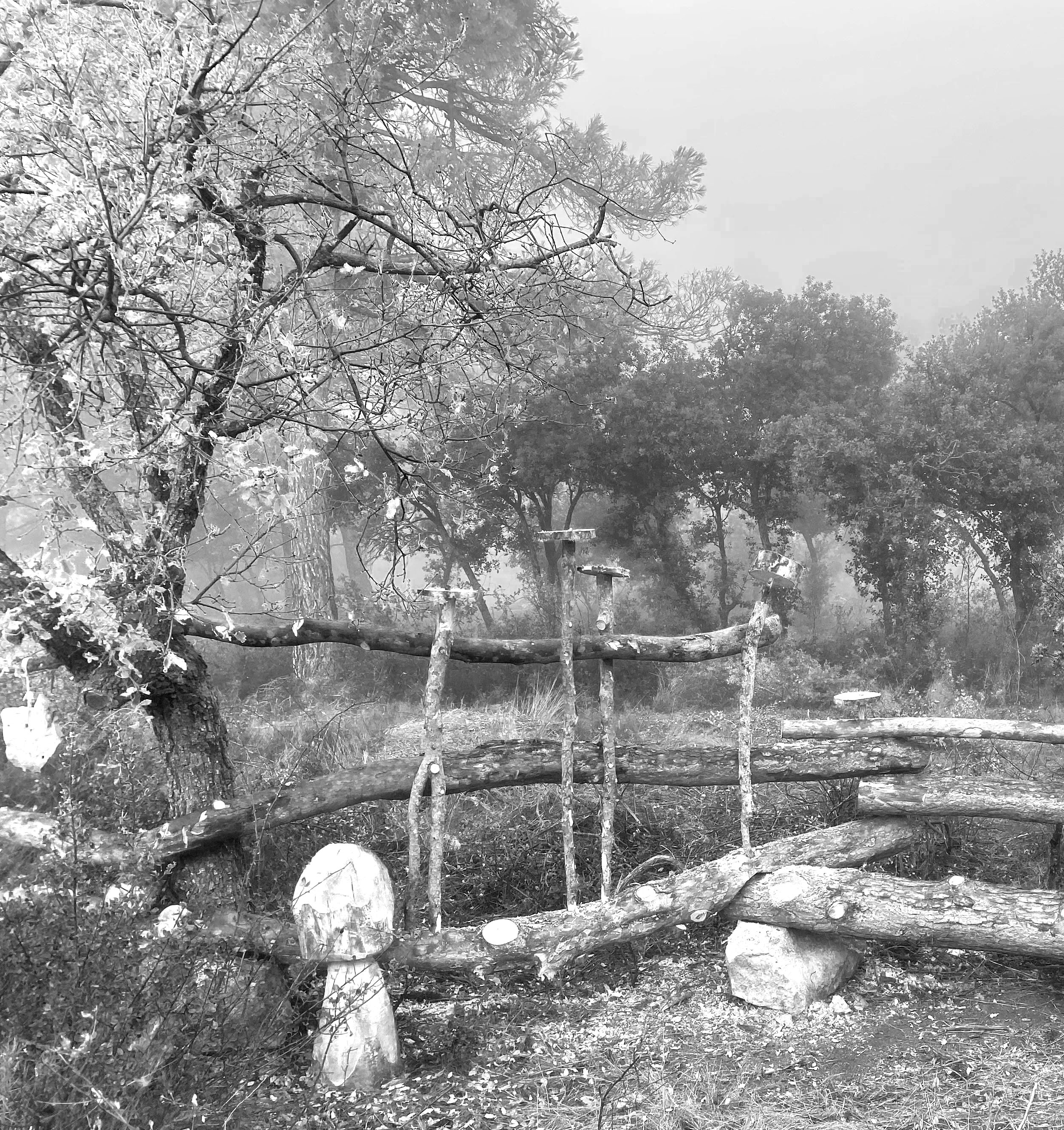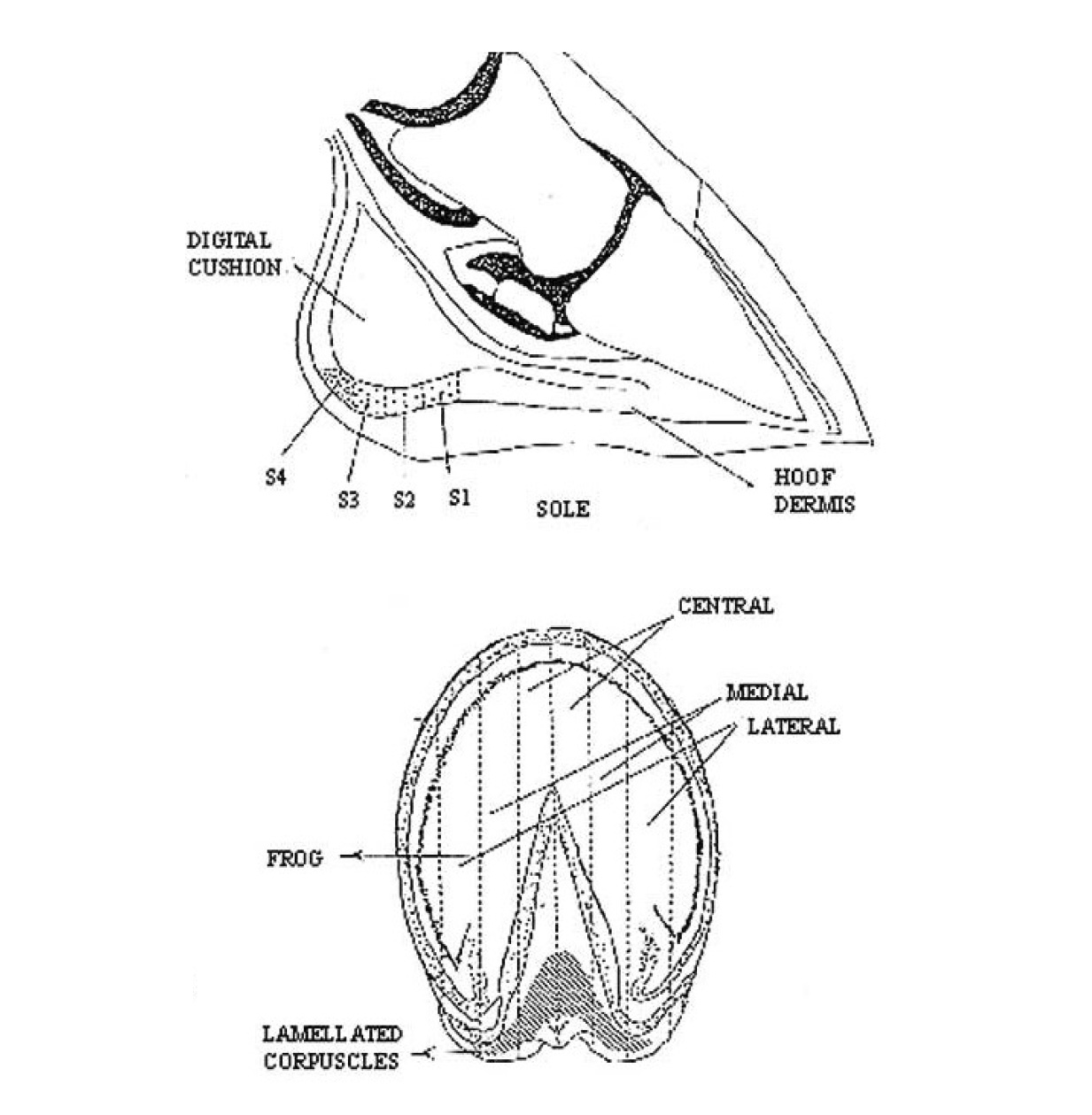
Management
The garden of the 21st century is made by the method through its management—the daily, weekly, and seasonal practices that cultivate the garden over time. The transformation of landscapes does not happen in a single moment, but continually each day. We propose that the first act of gardening is to feed the soil. The management strategies that we are applying in Senan are a practices for soil regeneration that come from the field of regenerative agriculture, and we are testing the application of these techniques as ‘regenerative practices for exhausted landscapes’.
The degree of exploitation of resources in the current agricultural production system and its consequences for the environment over time have exhausted the landscapes around us. However, this extended situation is not consistent around the world. Some cultures have resisted, and have continued with traditional modes of cultivation with a close understanding of climatic constraints, long term production and limitation of resources. These practices are a collection of these marginalities, a collective knowledge that remains in remote areas of the planet. They have survived and in the last decade have been collected, reapplied, and improved again for the search of finding answers to the environmental crisis we have in front of us.
These practices suggest the need for a change of paradigm and are an attempt to bring back life in all its forms, from the soil to the atmosphere in a more integrative and holistic approach that is closer to original ecosystems. The idea of regeneration is key, even though the means to regenerate are not conclusively defined and allow for many possibilities. Based on adaptive management and understanding the potential and the limitations of the system, each of the practices respond to the limiting factors of the system and understand the key parameters that define the potential in terms of production of goods while maintaining the system alive over time as well.
The application of these regenerative strategies require an understanding of key ecological parameters for design involving soil, animals, vegetation, and water. They rely on a close reading of the landscape, an intimate conversation with its cycles, and situatedness.
Of these regenerative practices, the one that is most core to the project of Senan is a method of pasture management for animals called Pastoreo Racional Voisin.



